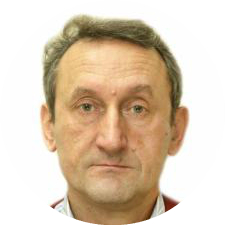This article discusses the theoretical questions of the evolution of religion, in particular, the Soviet civil religion. It focuses on the substantive aspects of the concept of “charisma” in the context of the development of image characteristics of Soviet leaderism, institutionalization, and the subsequent formalization and routinization of its sacred perception. Charisma of the leader is considered in accordance with the following stages of its evolution. Preliminary stage is the sectarian nature of its co-religionists. At the initial stage a type of legitimacy occurs, in recognition of the “transhuman” and “supernatural” gift of a charismatic leader performing its mission. In the second stage charismatic characteristics of a leader are associated with a person, throwing down the regime – an experienced oppositionist to the past regime. In the third stage, the legitimacy of the power charisma reaches its climax. Sanctification of the image of the leader happens. In the latter stages there start “cooling” of numinous content of charisma, its sensual and emotional “impoverishment”, and “oblivion”.
Keywords: charisma, quasi-religion, evolution, leaderism, image, numinous, civil religion.
DOI: 10.22250/2072-8662.2017.2.93-106
About the author
 |
Vladimir М. Storchak – PhD (Philosophy), Professor at the Department of Church-State Relations; Russian Presidential Academy of National Economy and Public Administration; 84 Vernadskogo prosp., Moscow, Russia, 119606; This email address is being protected from spambots. You need JavaScript enabled to view it. |
 |
Khasan O. Aushev – Postgraduate student; Russian Presidential Academy of National Economy and Public Administration; 84 Vernadskogo prosp., Moscow, Russia, 119606; This email address is being protected from spambots. You need JavaScript enabled to view it. |






